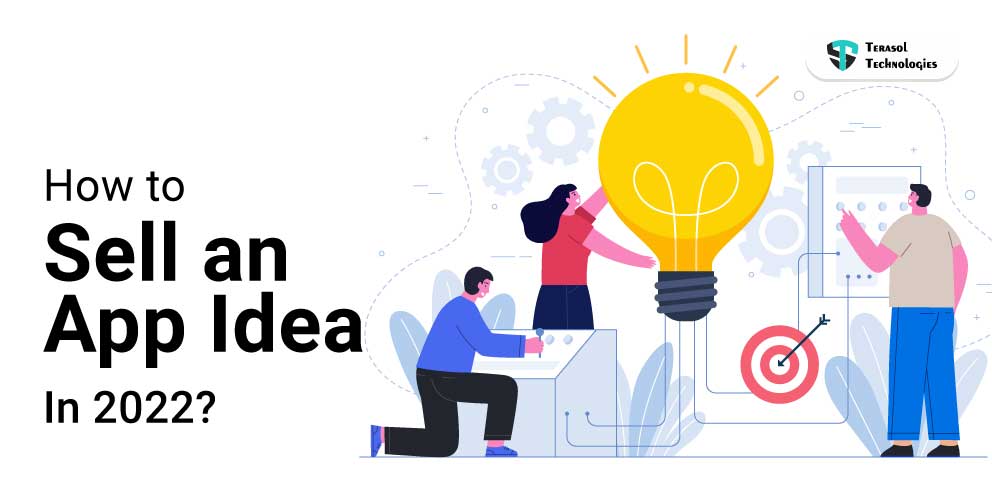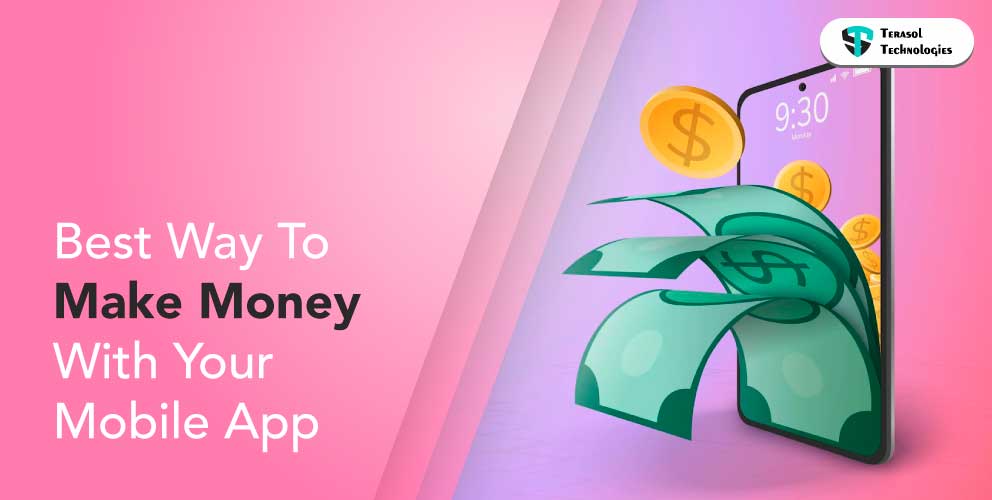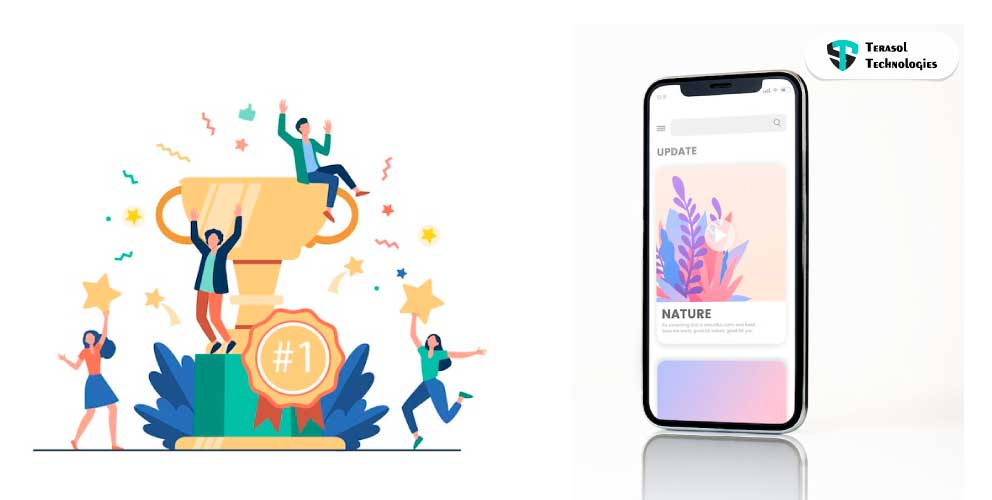8 Best App Monetization Strategies You Must Know
According to statistics, the mobile app market will continue to expand. It's no surprise, then, that many business owners, investors, and early-stage entrepreneurs are considering developing a mobile app.
So, Are you a Call of Duty or PUBG Fan? And anyone can download its free version right?
According to Activision Blizzard, call of Duty Mobile has been downloaded 500 million times and earned over $1 billion in sales. Even if your app is free, COD app monetization was possible.
Let's say, you've finally done it! You've developed a fantastic mobile app for your company.
Your clients may now communicate with you in ways they never have before, and the data you're getting from the app is assisting you in coming up with new methods to sell your business.
But there's one more thing you can do to improve your app's business value: Monetize it.
That's right!
Your app has the potential to be much more than be a tool. It can also be a significant source of additional revenue for your company.
Aren't you intrigued?
By the end of this article, you'll have learned eight app monetization strategies and how an app turned it into a money-making machine.
What is Mobile App Monetization?
App Monetization is a method of generating revenue from one's mobile app. You need a return on your investment because app development isn't cheap (unless you do it in your spare time when you're bored).
But Why Is App Monetization Important?
App monetization is critical because it's becoming increasingly usual to locate apps that are free to download and install. Developers must change their business strategy to generate revenue once the download is completed. This is where your plan comes into play.
It's critical to take the time to create one that accomplishes these two goals:
- Your app is bringing in more money or revenue.
- You manage to keep your users and the user experience intact.
The second point is something that many people may overlook. It's just as vital to think about how mobile monetization affects the app experience as it is to think about how to increase revenue.
There are multiple app monetization strategies are involved.
Your app can earn money in a variety of ways using apps, but which of these app monetization strategies are ideal for your content, audience, and needs? It takes a little bit of trial and error and a little bit of research to find the proper combination.
We have done the research part for you below.
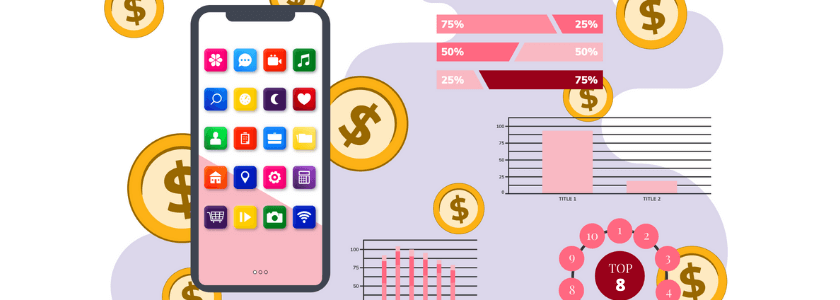
Top 8 App Monetization Strategies
You must devise a monetization strategy for your app that works for you. Some app monetization strategies are better suited for free apps and others are better suited for premium apps.
You'll discover many good app monetization strategies below:
1. Pay Per Download
The simplest and most traditional way among app monetization strategies is to charge consumers to download it from Google Play or the App Store. One of the biggest benefits of this strategy for developers is that they are paid right when users download their apps. The developer receives 70% of the revenues from each purchase, while the app store receives 30% of the commission fee.
However, this method's popularity is waning due to many drawbacks. Because not all users are willing to pay. Furthermore, marketing costs rise, especially if your competitors provide a free alternative app. If you sell a product with unique or marketable characteristics, you have significant marketing resources, and no competitors are offering the same features for free, you can employ this app monetization approach.
2. Freemium
Offering a premium app, i.e. an app that your users must purchase after a free trial time.
Or another Fremium approach for app monetization is that people can download and use your app for free, but that the product's functionality is restricted. Users can pay to gain access to advanced functionality or premium content if they so wish. As a result, your app becomes a hybrid marketing model.
In both of these models, there is an advantage of increasing the app's audience reach and the number of downloads, which has a good impact on the app's store rating. Users are allowed to try out software or app features for free before deciding whether or not to purchase additional features.
3. In-App Advertising
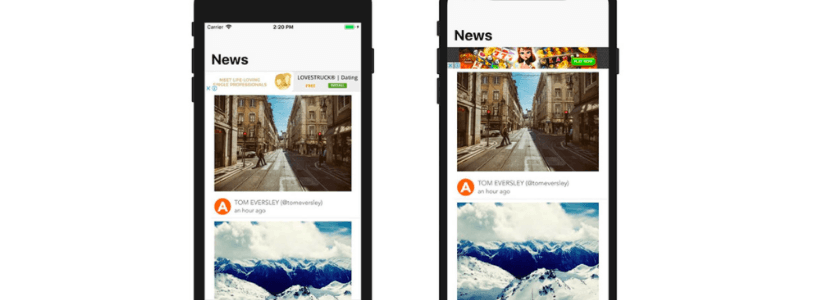
For many apps on the market, advertising impressions are a substantial source of revenue. You have a variety of ad types to pick from:
- Interstitial advertisements: These are short movies that appear in between levels or other logical larger transitions in the app.
- Banners & display ads: During the game, banners and display adverts are displayed at the bottom or top of the screen.
- Native ads: They are advertisements that mix in with the design of a game or mobile app and thus appear natural to the user. These commercials need a little more planning ahead of time, but they're 20-60% more engaging than other sorts of ads.
- Incentives: Short videos that the user must watch to gain an advantage are called incentives (either unique or something that can be otherwise is an in-app purchase).
- Notification ads - These appear in the status bar of a mobile device and alert consumers to the presence of the ad.
The question is how do these advertisements generate revenue?
Ad revenue can be divided into three categories:
- CPM: Cost Per 1,000 impressions(where M is mille i.e. thousand)
- Click-through-rate (CPC)
- Per-Action Cost (CPA, also known as conversions)
4. Offer In-App Purchases
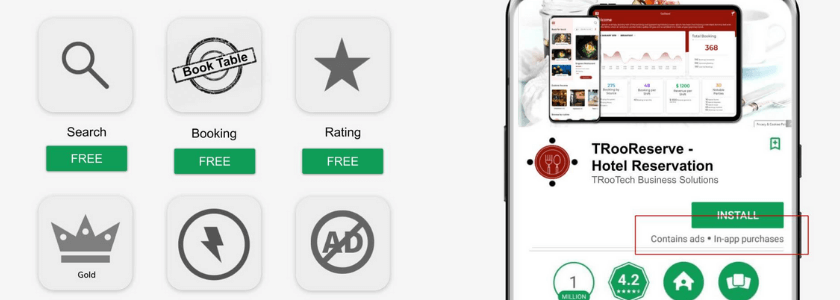
Subscriptions- You may decide to charge consumers a monthly or annual fee to use your app rather than charging them to download it. The subscription model is what it's all about. It's also a common monetization method for mobile apps. Subscriptions have grown in popularity in recent years, and as time goes on, more and more developers will embrace this business model to monetize their goods.
The sheer quantity of cash generated by the subscription model for an app publisher attests to its popularity. Netflix and Spotify are two examples of subscription-based services.
Consumable Purchase- Such as an extra life point, game currency, jewels, or armor. These items are available individually, and once you've used them up, you'll have to buy them again. Various game players adore these in-app purchases since they allow them to acquire an advantage over their opponents.
Non-consumable purchases- These are the alternatives for getting rid of adverts (as mentioned above), adding new features, or unlocking bonus levels.
5. Commissions on Transactions
Aside from selling your things, you can make significant money by selling other people's goods and services in exchange for a commission. Uber and Airbnb, for example, are well-known firms that use this strategy. This business model is being used in taxis, reservations, delivery, medical, and other services involving online transactions.
6. Sponsorship
Is your offering - a mobile game or a mobile application – useful to other businesses? Seek sponsorships from investors who can help you fund the development and launch of your app. If other brands or firms in a specific area are interested in addressing your app's audience, you might want to consider this option. Mobile marketing is extremely effective, and it is gaining pace as a result of the fact that around 80% of the world's population owns a mobile phone. Someone could use your iOS or Android app as a marketing tool.
7. Sales of one's products or services
Another approach for app monetization is to sell your products or services through them. For example, while app development of a food delivery service, get an app in addition to a website to expand its customer base and order flow. Furthermore, by entering the increasing e-commerce market, an online store that uses this technique can expand its audience reach.
8. Monetization of App Data
The value of first-party data has never been higher. This is the data on your app's users, including their demographics and behaviors. Advertisers are hungry for this type of data since it helps them to target the right demographic. And as third-party cookies quit giving third-party data, in the same manner, they used to, that hunger is only going to grow.
Advertisers with an established and robust user base are usually the greatest candidates for data monetization. If you don't have enough people to generate a large amount of data, the data you do have will be useless.
Which App Monetization Model to Choose for Your Mobile Application?
You're probably already aware of how beneficial a mobile app can be to your business. However, mobile app monetization strategies are not the same and are continually evolving as the mobile app market evolves.
Many factors influence the decision to choose one alternative over another, including the product topic, target audience characteristics, developer goals, available resources, and so on.
You must understand that app monetization is one of the most important aspects of your future project's business plan, and even a great application can turn unprofitable in the end if you do not devote enough time and attention to devising a profit-generating mechanism.
Contact us if you're seeking a dependable technological partner to help you develop your next product, and we'll be able to provide you with the best answer.
